Top 10 Tips For Taking Great Photos
Easy tips to improve your photos for better visual storytelling.
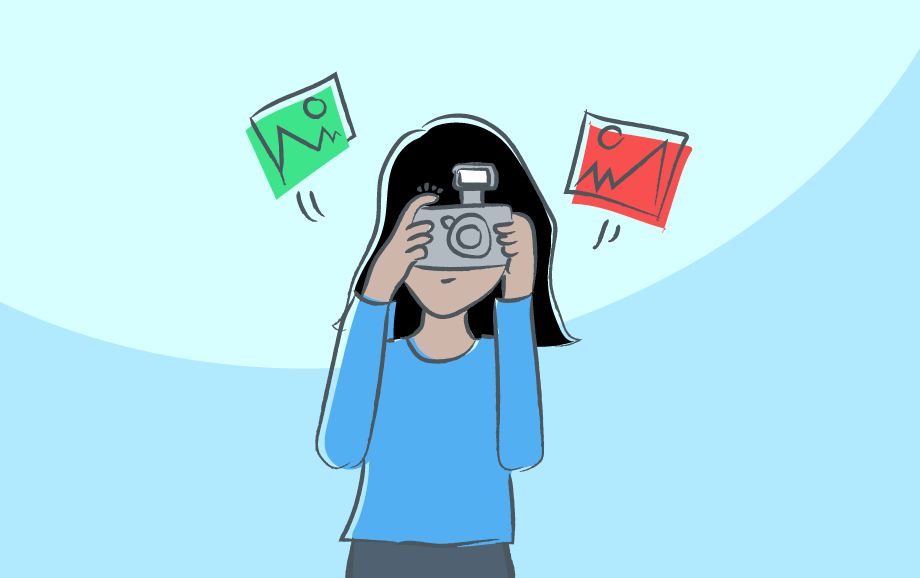
Digital cameras make it easier and cheaper to take photos than ever before. This doesn’t mean all photos are good. Follow these easy tips to improve your photos and, ultimately, your visual storytelling.
Choose the right format for your photos
Different social media platforms have different image specifications. To make sure your images work well on your chosen platforms, check the specifications here with this always-up-to-date guide.

Think about the background
Carefully plan your photos, and consider what is in the background. Plain backgrounds are best. Busy backgrounds can be distracting.
If you need to protect the identity of your subject, carefully consider location elements in the background like road signs, buildings, and trees. Even if you don’t show a person’s face, there may be clues in the background that reveal their location or identity.
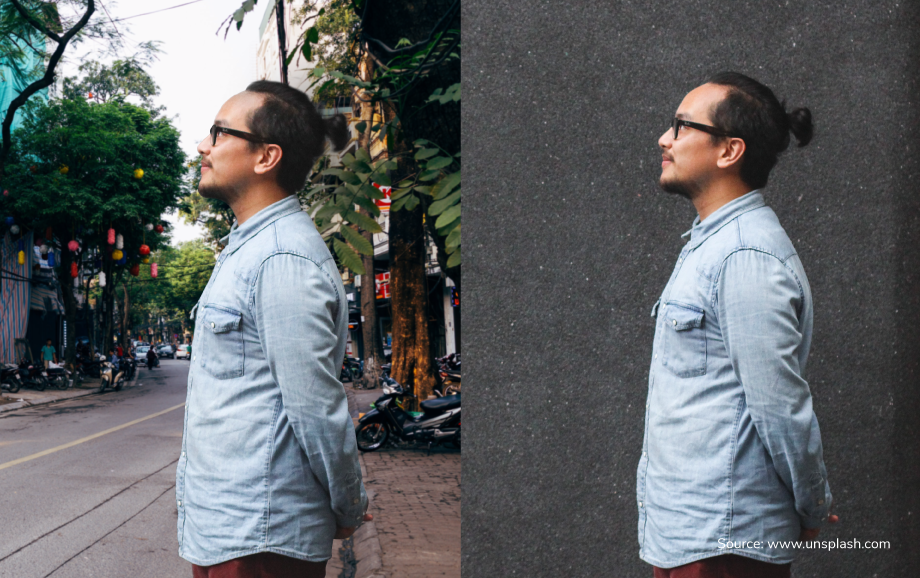
Ideas for protecting your subject’s identity
Take photos from behind a person, but ensure that their silhouette doesn’t reveal who they are. The outline of their hair might do this. Ask them to wear a hat. You could take a photo of a person’s hands, free of any jewelry or identifying markings.
Take a photo of the bottom half of someone’s legs and feet from behind, or a group photo of people’s feet.
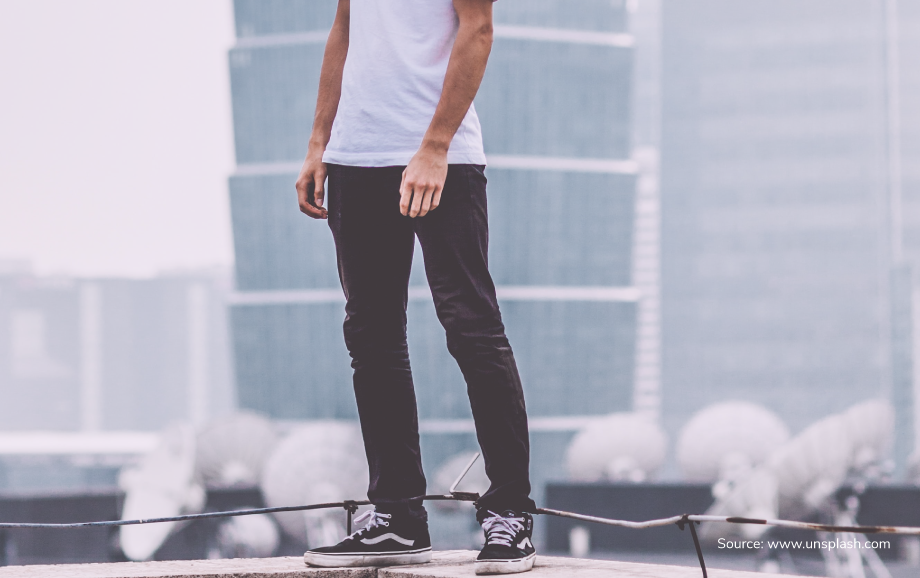
Fill the frame
If you can reveal someone’s identity, filling the frame with their face can be a very effective way to communicate emotion. It focuses the viewer’s attention solely on them. Either shoot the photographs this way or crop them afterwards. You can crop out the hair, but always keep the eyes, and make sure they are in focus.
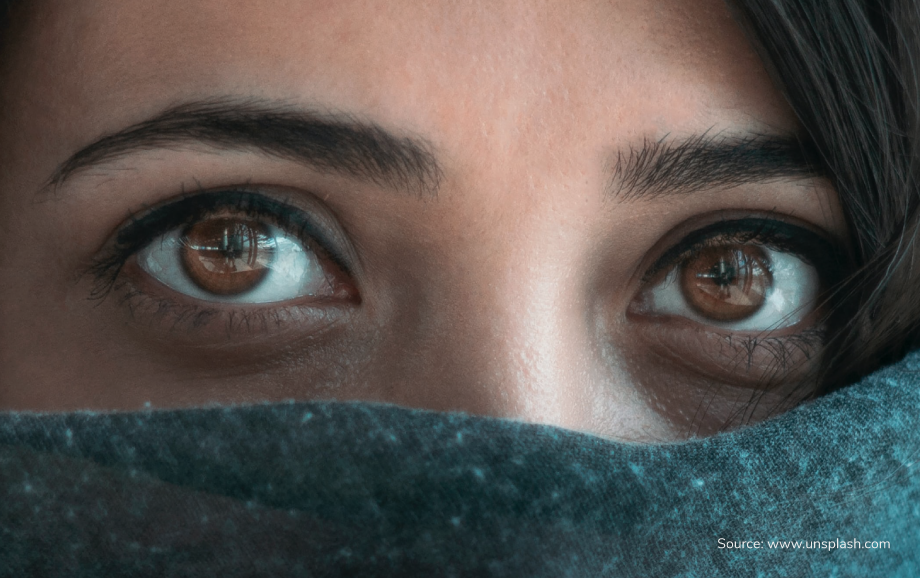
Use natural light
Take photos outdoors or near large windows. This can give a soft, natural quality to your shots. For best results outdoors, take photos early in the morning or late in the afternoon, when the light is not as strong. It is very strong in the middle of the day.
If you are taking photos indoors and need extra light, make sure you don’t have a strong overhead light on the subject. Use a couple of different light sources and one in front to light the face.
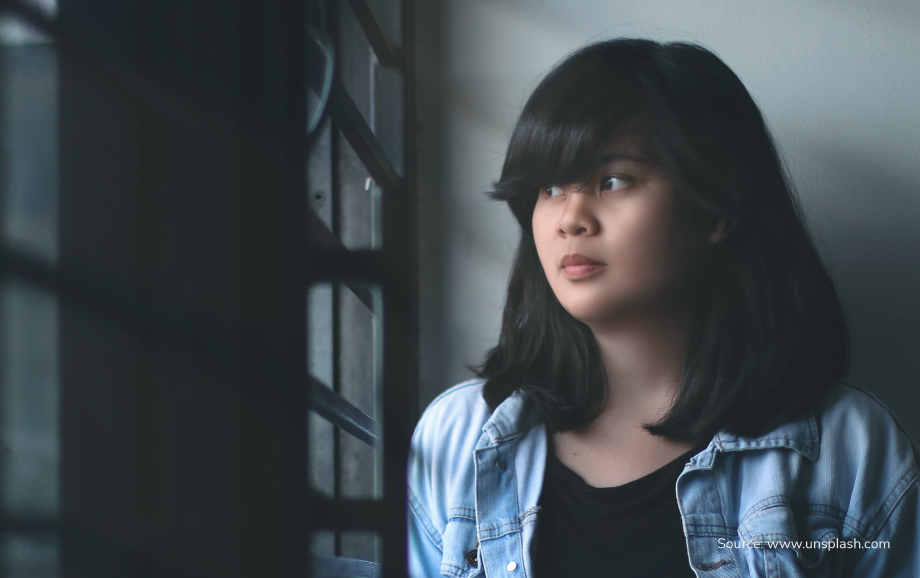
Use a flash outdoors
This can prevent shadows on faces. You might be able to see a person’s face when you’re shooting, but the result may still be too dark. Take one photo with the flash and one without. See the difference.
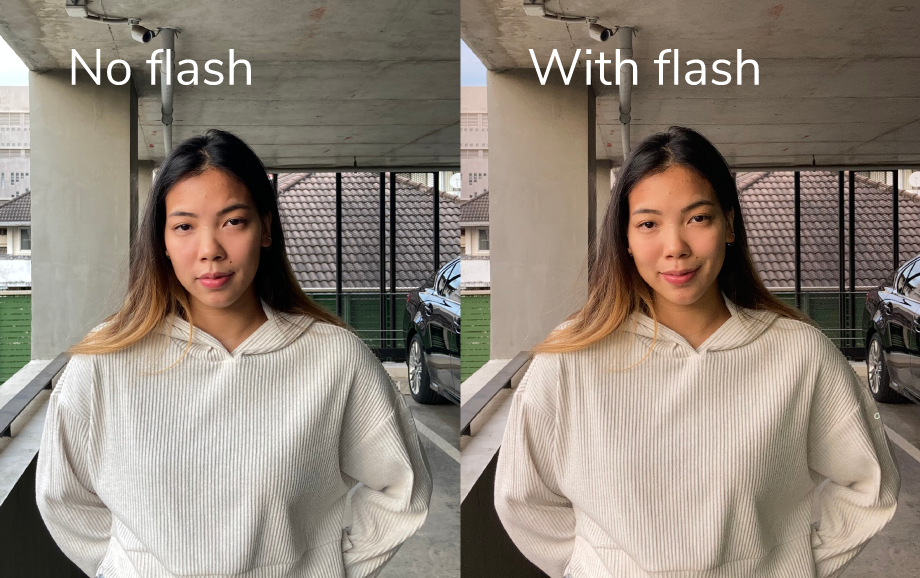
Try different angles
It’s easy to always take photos looking straight ahead. Experiment with taking photos from different levels—looking up at a subject or looking down. Stand on a chair or a small step ladder to get some extra height. The angles can make the composition look more interesting. If the subject is a person, shooting from different angles can change the mood of the photograph to suit the situation.
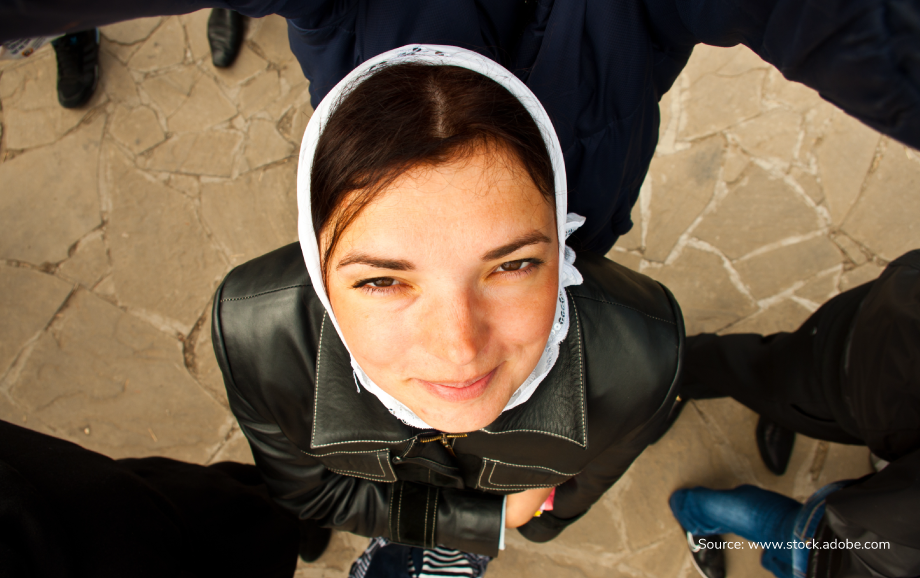
Leading lines
Leading lines help guide the viewer through the image and focus attention on important elements. Anything from paths and walls to patterns can serve as leading lines.
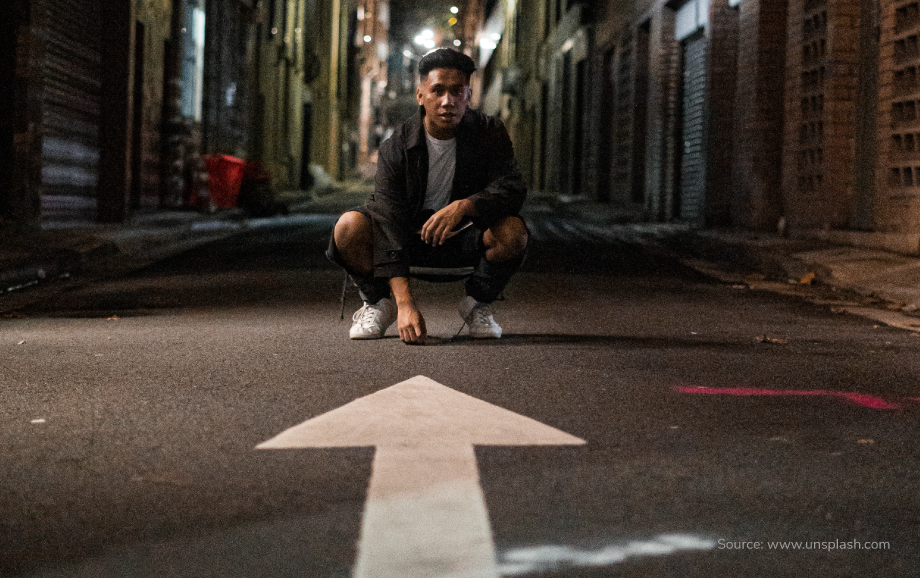
Left to right
Many cultures read text from left to right. For this reason, it is suggested that any motion portrayed in a photograph flow from left to right. This creates a sort of storytelling element. The viewer can wonder about the destination the person in the photo is walking to.
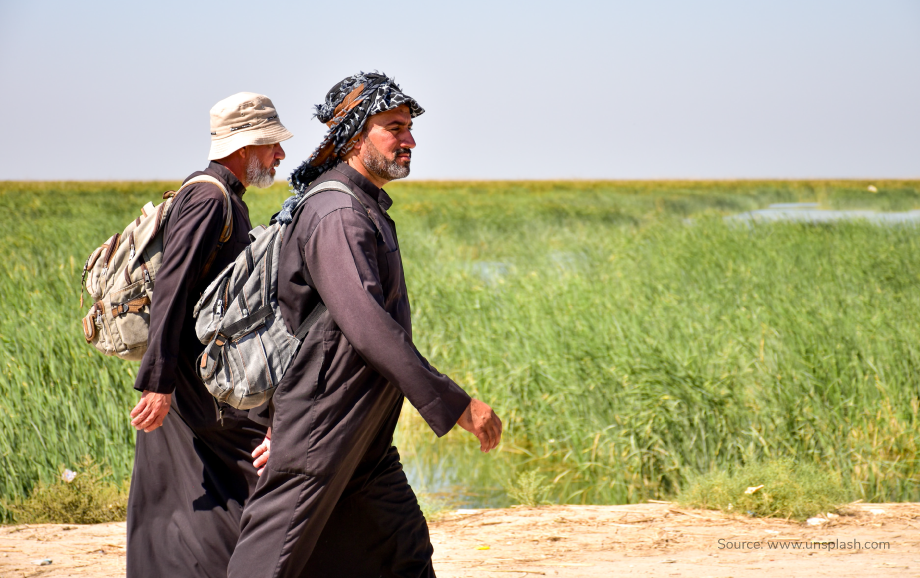
Take a fresh approach to group photos
Formal photos from seminars and events can all look the same—people standing stiffly, side-by-side. Have some people sit and others stand. If appropriate, take some fun selfies to capture the spirit of cooperation or collaboration within the group.
Take photos of meetings by standing behind the speaker. This can capture audience reactions and the atmosphere of the event. Also, take photos before and after events to show the behind-the-scenes effort.




 Back
Back